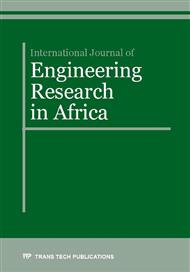p.68
p.83
p.94
p.112
p.121
p.128
p.135
p.141
p.152
Design of PnPSat Protocol and its Implementation on CAN Bus
Abstract:
Plug-and-play satellite(PnPSat) means that when a plug-and-play device is inserted in the system, it can be detected and configured dynamically with no jumpers and software configuration in the process of runtime. PnPSat is going to be operating in Low Earth Orbit, so it must be quickly adjusted to meet different requirements and need standardized components. In terms of time and budget, integration is a significant time-consuming component of spacecraft development. This paper proposes a new network architecture which separates the link layer and the network layer so that the application on the top can be used without any effect when the link layer is changed. To meet the requirement of automatic configuration, we design a protocol cluster including device identification protocol and data transfer protocol and implement them on CAN bus. Compared with the Space Communication Protocol Specifications (SCPS), the protocol cluster is much more suitable for microsatellite with the characteristics of simple, reliable and easy to implement.
Info:
Periodical:
Pages:
121-127
Citation:
Online since:
February 2016
Authors:
Keywords:
Price:
Сopyright:
© 2016 Trans Tech Publications Ltd. All Rights Reserved
Share:
Citation:


